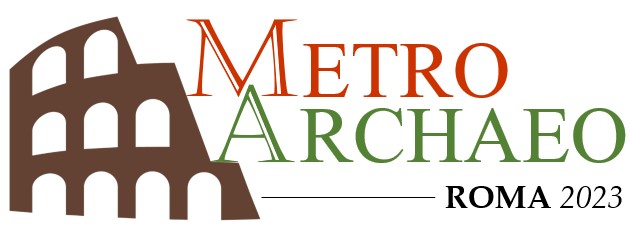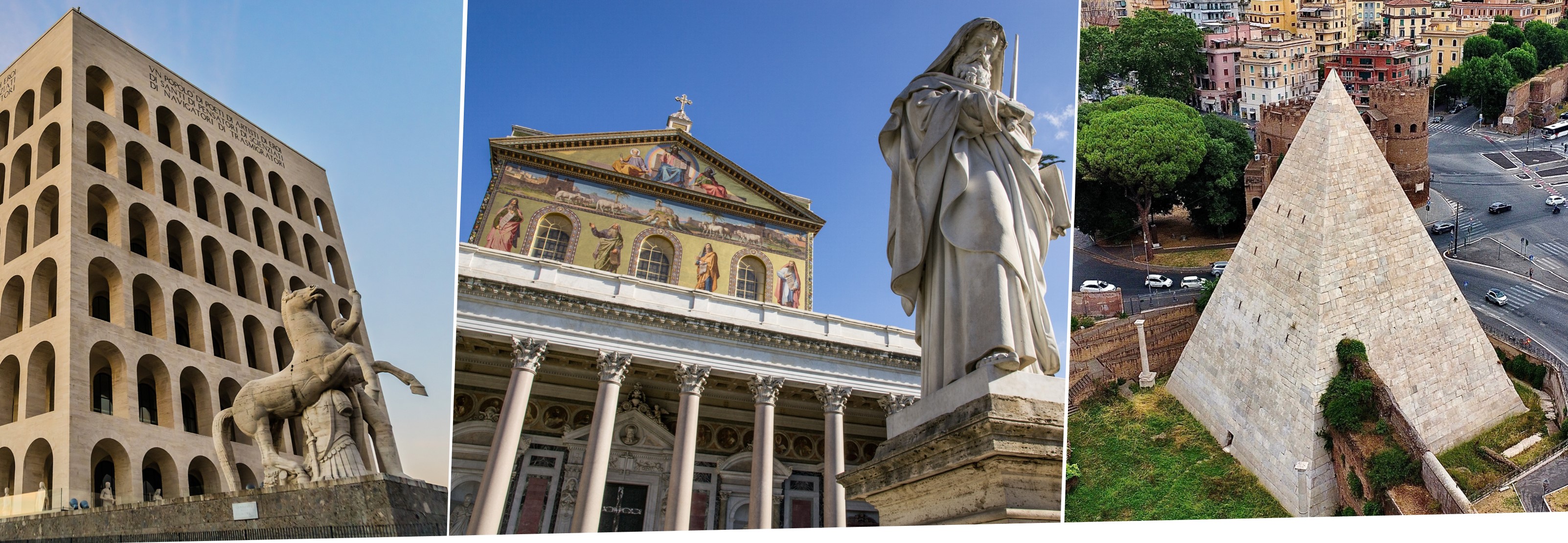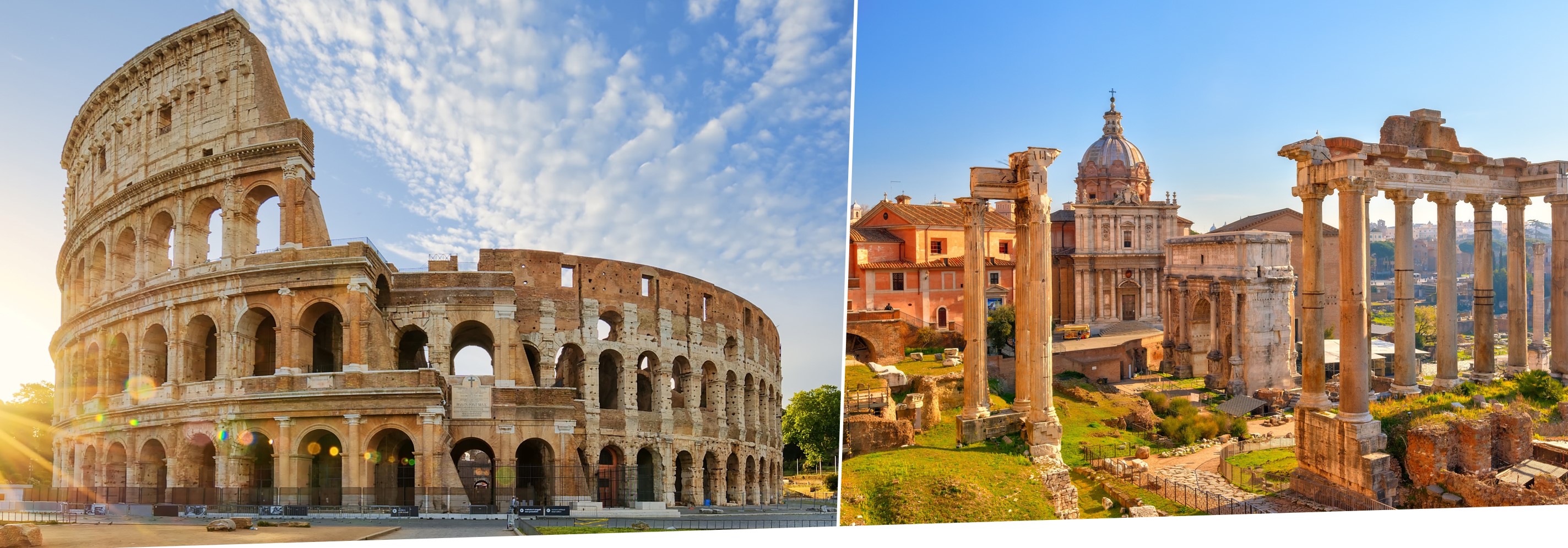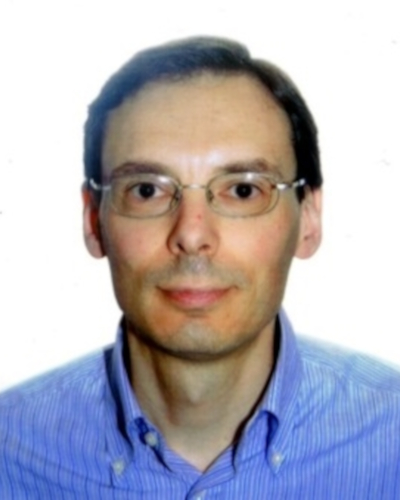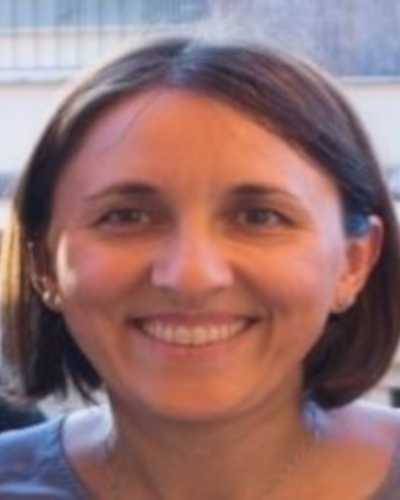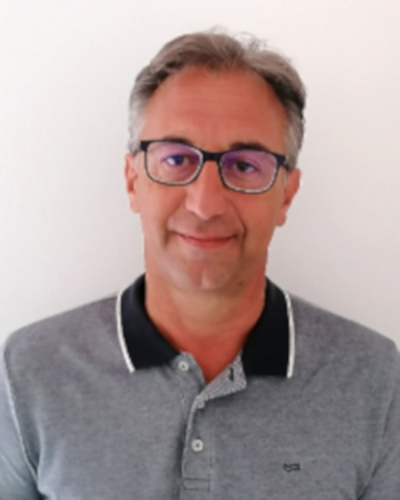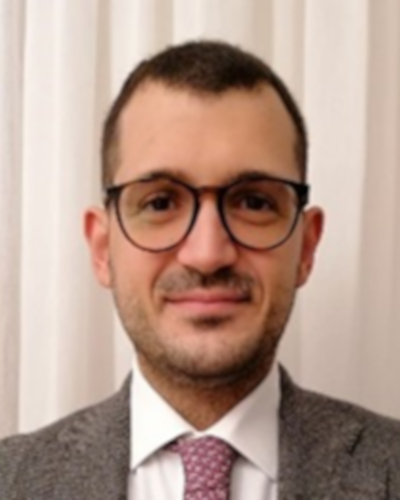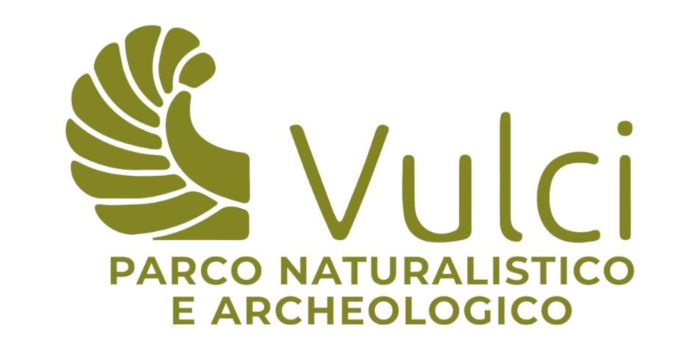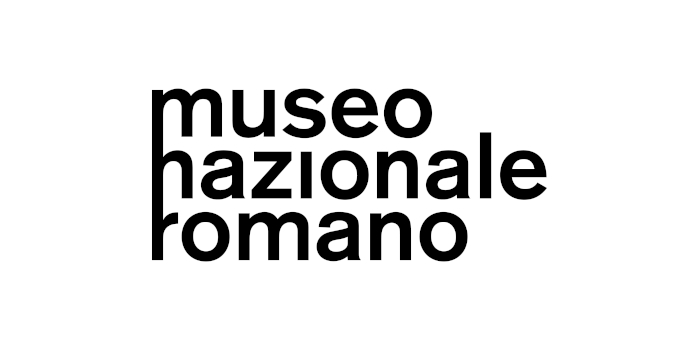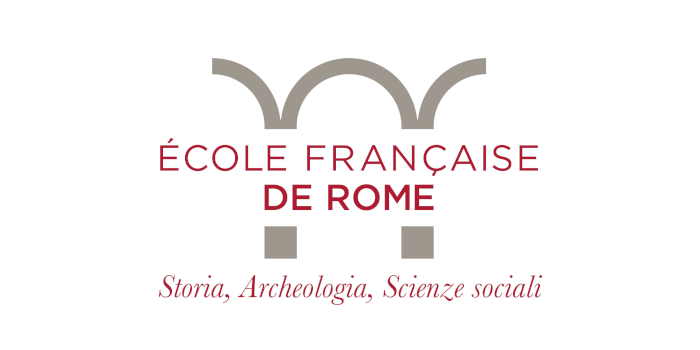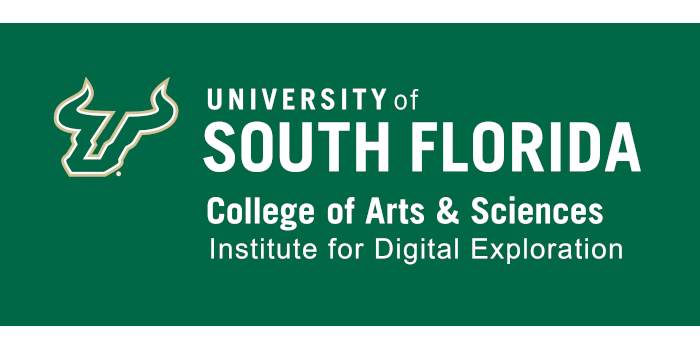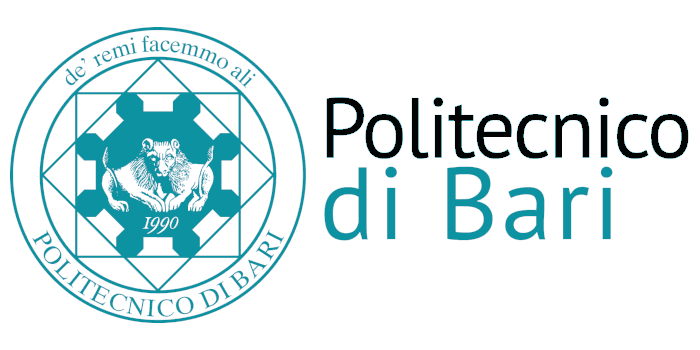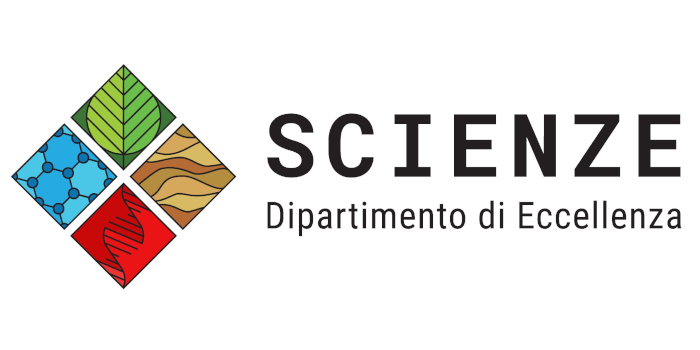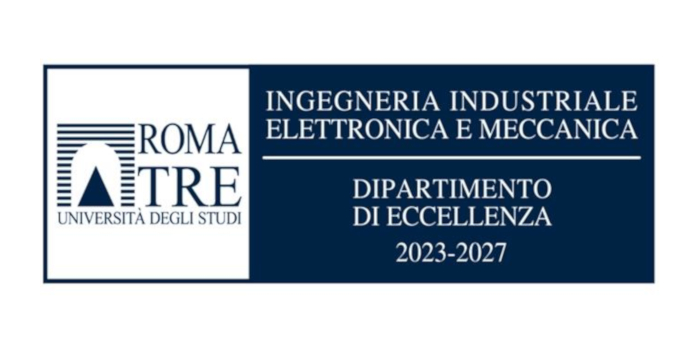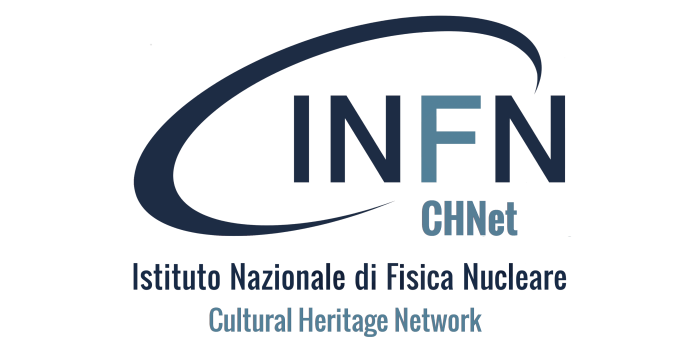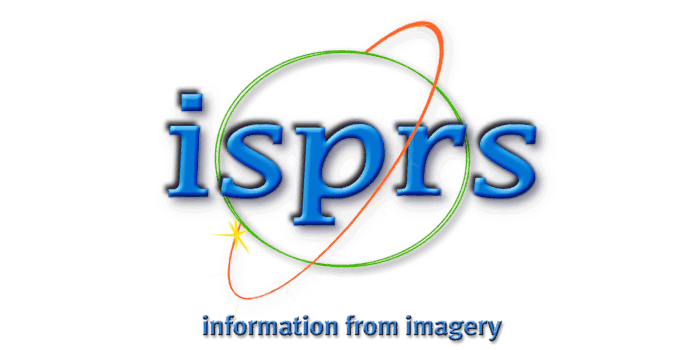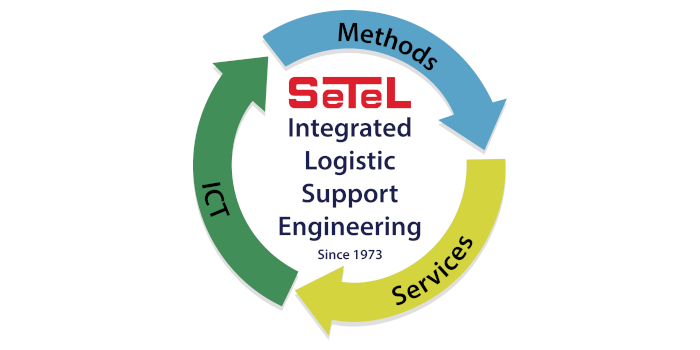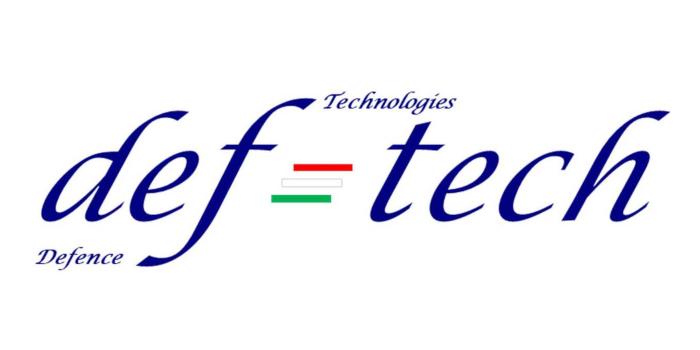SPECIAL SESSION #7
Non-Invasive Systems and Techniques for "On-Site" Monitoring and Diagnosis
ORGANIZED BY
Emanuele Piuzzi
Sapienza University of Rome - DIET, Italy
Erika Pittella
Sapienza University of Rome - DIET, Italy
Andrea Cataldo
University of Salento - DII, Italy
Livio D'Alvia
Sapienza University of Rome - DIMA, Italy
ABSTRACT
On-site monitoring of both archaeological sites and museum exhibits is of fundamental importance for a correct preservation of cultural heritage, preventing degradation phenomena through appropriate countermeasures taken at an early stage.
An effective and proactive monitoring entails two main aspects: constant measurement of the quality of the environment, both inside a museum or at a historical site, and periodical assessment of the preservation status of cultural heritage artifacts.
MAIN TOPICS
Within such context, this special session focuses on the latest trends in sensors and sensor networks for environmental monitoring and non-destructive testing and diagnosis techniques for historical artifacts, including, for example:
- Environmental sensors (temperature, humidity, pressure, etc.);
- Sensors for pollution (particle matters and gaseous compounds);
- Vibration sensors;
- Microwave diagnostic systems (spectroscopy, GPR, resonance methods, etc.);
- Optical methods (visible, IR, UV, etc.);
- X-ray scanners;
- Thermal imaging;
- Deformation analysis;
- Sensor networks.
ABOUT THE ORGANIZERS
Emanuele Piuzzi received the M.S. (cum laude) and Ph.D. degrees in electronic engineering from the Sapienza University of Rome, Rome, Italy, in 1997 and 2001, respectively.
He is currently an Associate Professor of Electrical and Electronic Measurements with the Department of Information Engineering, Electronics and Telecommunications, Sapienza University of Rome. He has co-authored more than 150 publications. His research activities include the measurement of complex permittivity of materials, time domain reflectometry applications, and biomedical instrumentation design.
Prof. Piuzzi is a member of the IEEE I&M Society and of the Italian Group of Electrical and Electronic Measurements (GMEE).
Erika Pittella is currently an RTD-B of Electrical and Electronic Measurements atthe Department of Information Engineering, Electronics and Telecommunications, Sapienza University of Rome.
Interests: TDR and FDR techniques for measuring material dielectric characteristics; characterization of composite and 3D printed materials; remote sensing for monitoring and diagnosing patients; impedance-based techniques for monitoring cardio-respiratory activity; wearable sensors
Andrea Cataldo received the Materials Engineering degree from the University of Lecce, Lecce, Italy, in 1998, and the Ph.D. degree in Information Engineering, in 2003, from the same University. From 2005 to 2013, he was a Researcher in the area of Electric and Electronic Measurements and currently, he is an Associate Professor. He is lecturer in the courses: “Measurements for Telecommunications” and "Electronic Measurements and he is the supervisor of a research group at the Department of Engineering for Innovation. His main research interests are now in reflectometry and microwave measurement techniques, monitoring systems, sensors, dielectric characterization and non-destructive test of materials. He is (has been) involved in leading various research projects supported by public and private bodies. He has co-authored over 150 publications on international journals, book chapters, and international and national conferences, along with three books. He is IEEE Senior Member and founder of an academic spin-off company and he holds four patents.
Livio D'Alvia (Ph.D.) graduated in Electronic Engineering in 2013 and received the Ph.D. in Industrial and Management Engineering in 2018 from the University of Roma Tre and Roma La Sapienza respectively. Currently, he is a Research fellow of Industrial and Mechanical Measurements at the University of Rome La Sapienza, Italy. His current research spreads from the measurements for industrial and biomedical applications and to the measurements for Cultural Heritage. In particular, his main research tracks focus on the measurement of environmental parameters that involve decay effects on materials. He is also interested in the study of the moisture levels measurement of cultural heritage materials through the non-invasive method. He is a member of the IEEE – IMS Instrument and Measurement Society, IEEE Sensors Council.
